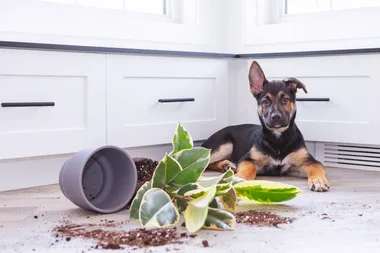Looking to reduce toxins in your home? It’s often the germs and toxins that you can’t see that are the most harmful, but alas these air cleaning plants will help you remove toxins and improve air quality.
Here is a round-up of the best air purifying indoor plants, based on NASA’s Clean Air Study, which will add a touch of colour and fresh air to your home.
1. Devil’s Ivy or pothos (Epipremnum aureum)
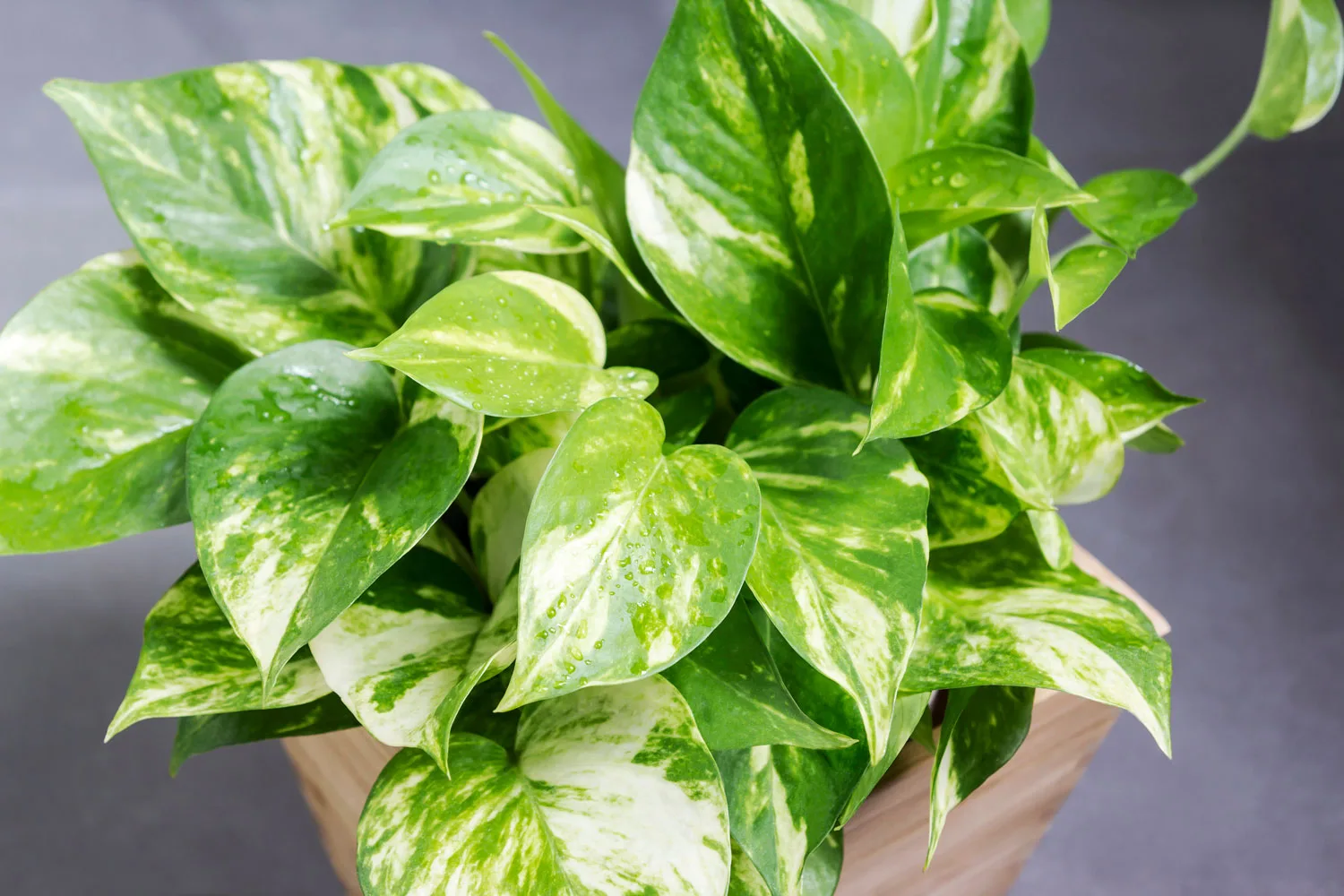
Otherwise known as pothos or golden pothos, devil’s ivy is an easy to grow indoor houseplant that helps fight off common household toxins. It adds instant colour to any room with cascading tendrils and grows well in water, pots and hanging baskets.
Toxins it helps remove: xylene, benzene, formaldehyde and trichloroethylene.
2. Dwarf Date Palm (Phoenix Roebelenii)
Dwarf or Pygmy palms are the babies of the palm family. They are relatively easy to grow in partial shade, growing up to six to 10 feet with their fronds also reaching up to six foot!
Toxins it helps remove: formaldehyde and xylene.
3. Peace Lily (Spathiphyllum)
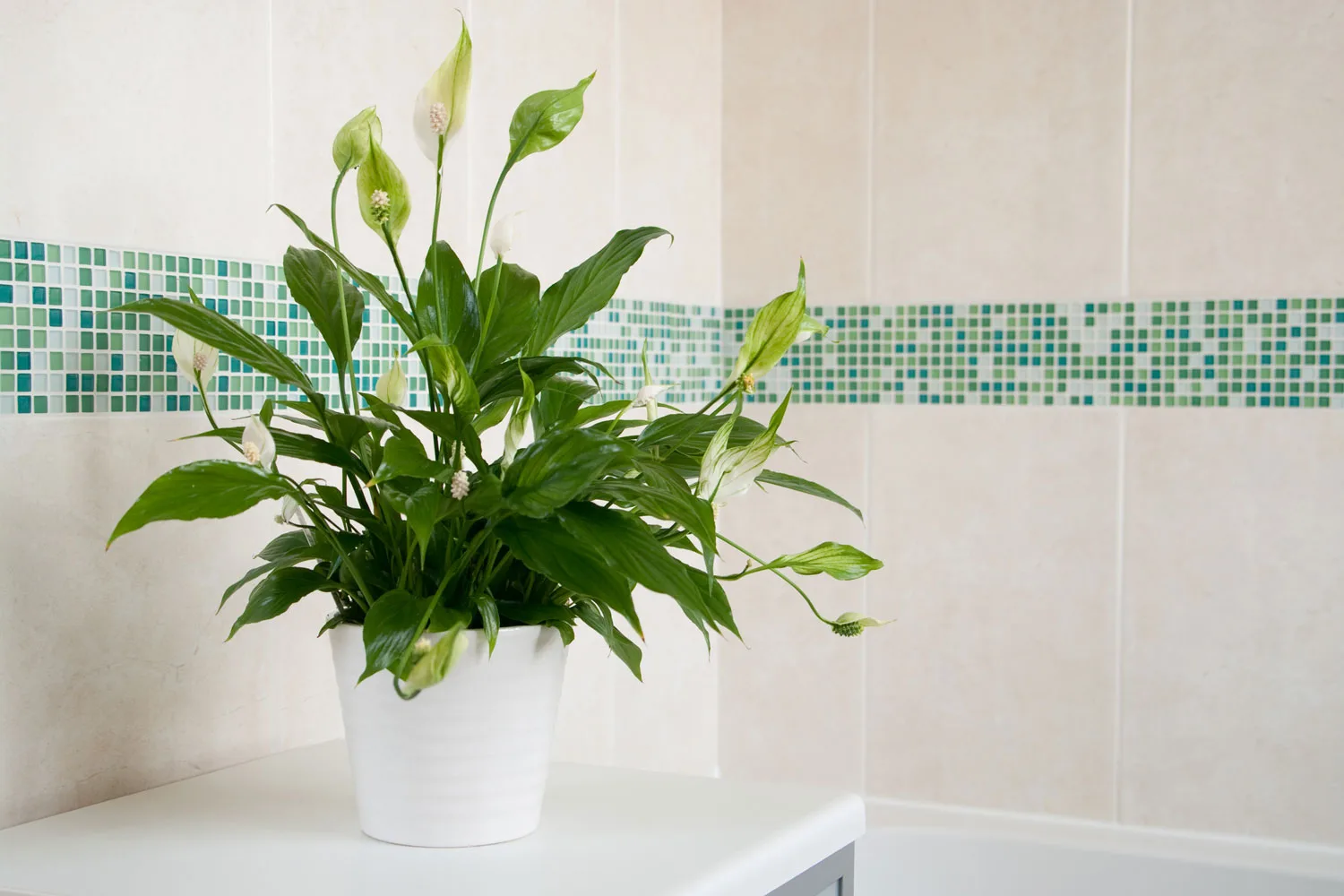
Also known as a spathiphyllum, peace lilies are an easy and undemanding plant to look after. Their glossy green leaves make the perfect addition to any room especially those spots with low light. Keep them happy with a weekly water and fertilise with a slow-release fertiliser in spring to promote growth and those glorious white flowers.
Toxins it helps remove: benzene, carbon monoxide, formaldehyde, trichloroethylene, xylene
4. Philodendron
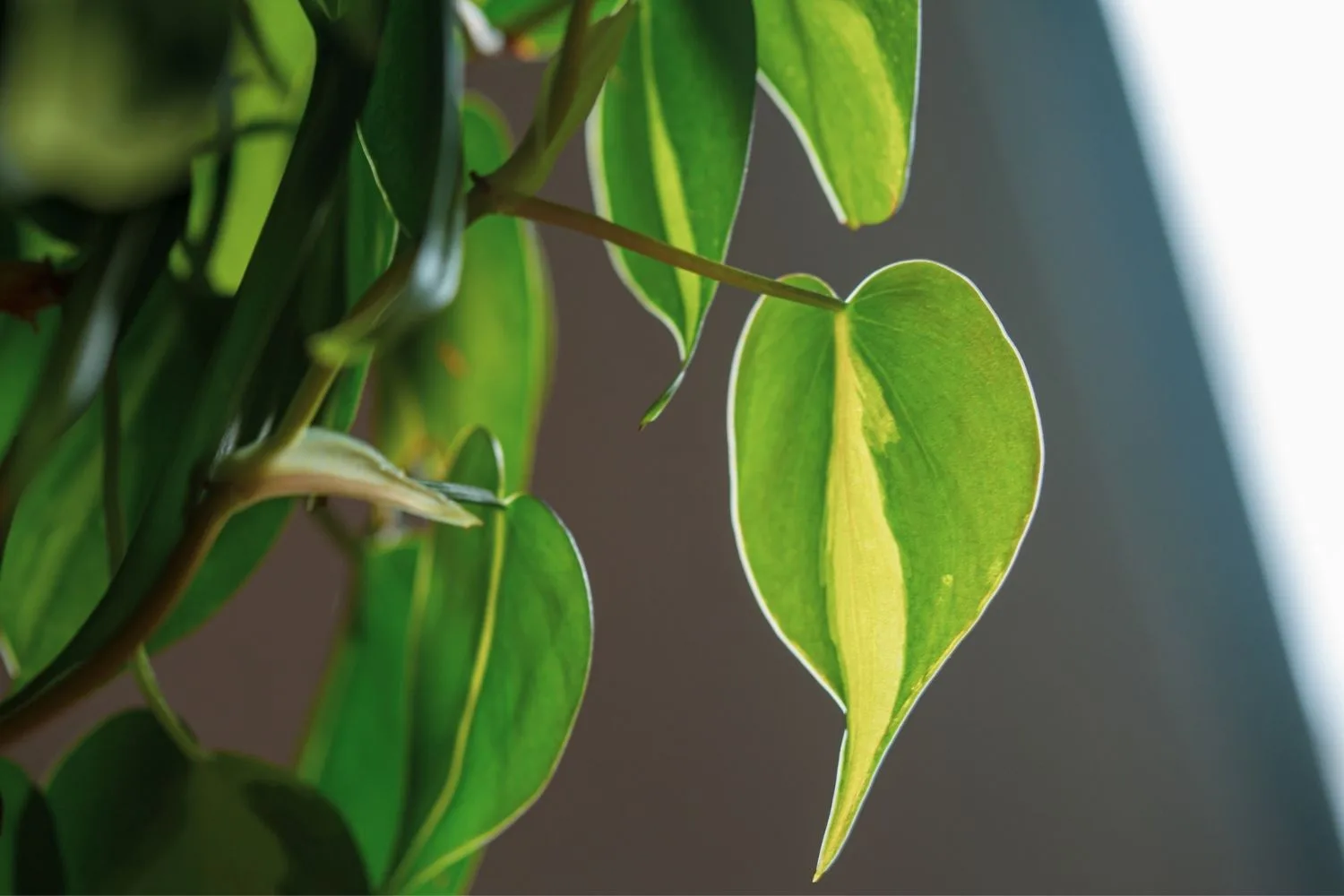
The heart-shaped philodendron is a luscious addition to indoor spaces. Philo’s are relatively easy to look after: they just need moderate water and bright, indirect sunlight. The heartleaf philodendron has also been said to be harder to kill than to keep alive!
Toxins it helps remove: formaldehyde.
5. Spider Plant (Chlorophytum comosum)

Spider plants are the perfect choice for newbies and those with a bad track record when it comes to plants. They thrive in indirect sunlight and survive under just about any conditions (they’ve been known to survive in temperatures as low as 2 degrees). Spider plants also send out shoots of baby spider plants called spiderettes.
Toxins it helps remove: formaldehyde and xylene.
6. Chrysanthemums (Chrysanthemum morifolium, xgrandiflorum etc)

Chrysanthemums, sometimes known as disbuds or mums, are not only a great addition to a floral arrangement but they look great in your home and are known as one of the best air purifiers around. They are among the more difficult air purifying plants to grow but the payoff is beautiful, colourful blooms. They enjoy good air flow, bright indirect sunlight and watering with warm water only, making sure that they are allowed to dry fully in between drinks.
Toxin it helps remove: ammonia, benzene, formaldehyde, and xylene
7. Rubber plants (Ficus elastic)

These burgundy-stemmed, evergreen trees originated from India. They’re a very hardy plant that love bright, filtered light and weekly watering in summer and fortnightly watering in winter. Rubber plants can grow in a small pot or be encouraged to grow into a large indoor tree in pots or straight in the ground.
Toxins it helps remove: xylene, benzene, formaldehyde and trichloroethylene.
8. Boston Fern (Nephrolepis exaltata v. Bostoniesis)
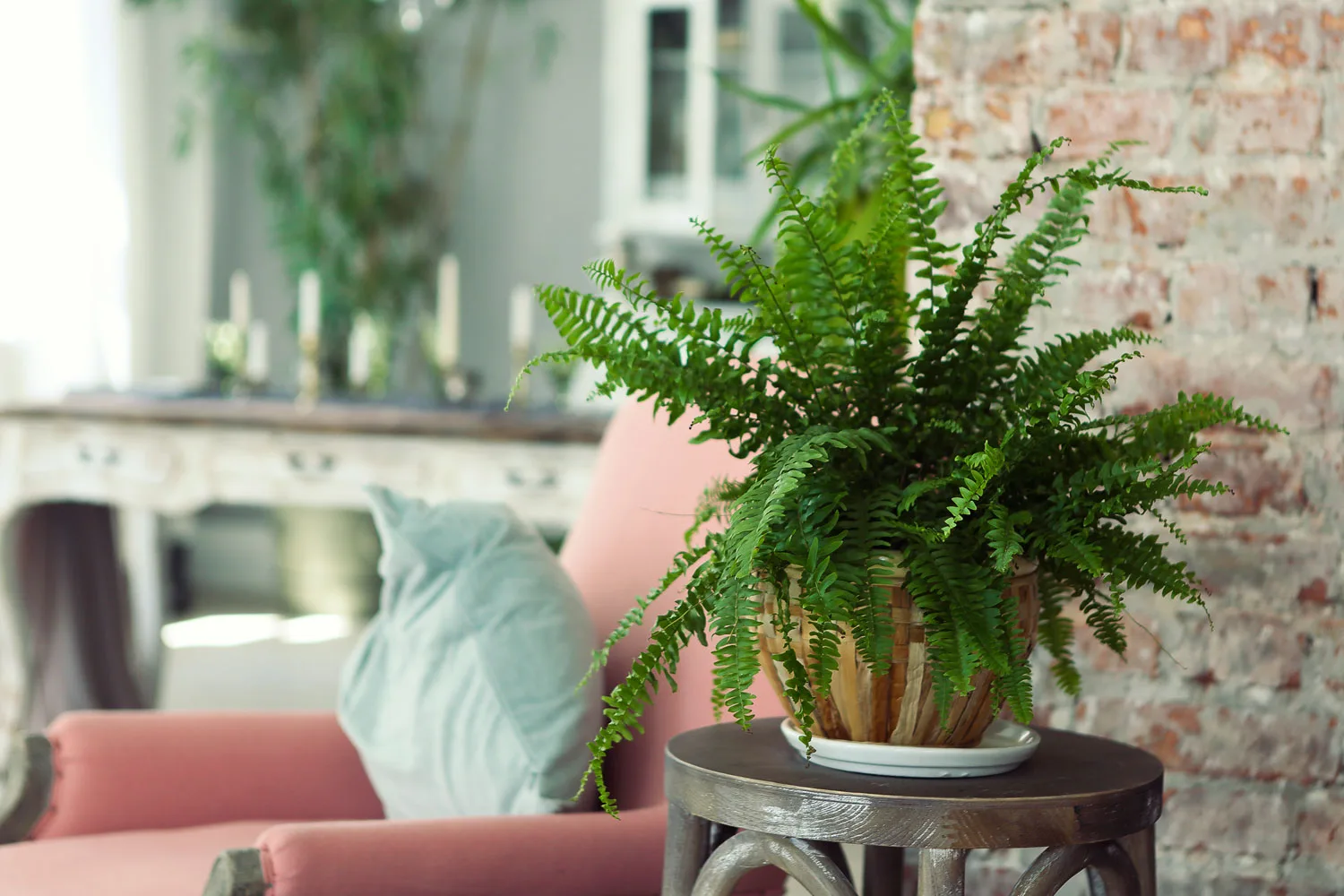
This easy-to-grow fern is known for its sword-shaped fronds which makes it perfect for a hanging basket or pedestal. The Boston Fern thrives in humid environments and requires consistent moisture. Keep them happy with regular misting, moist soil and position them in indirect sunlight near windows, balconies and patios. In winter cut the fronds back by around 2-inches to help regenerate and grow in the warmer months.
Toxins it helps remove: formaldehyde and xylene.
9. Areca palms (Chrysalidocarpus lutescens)
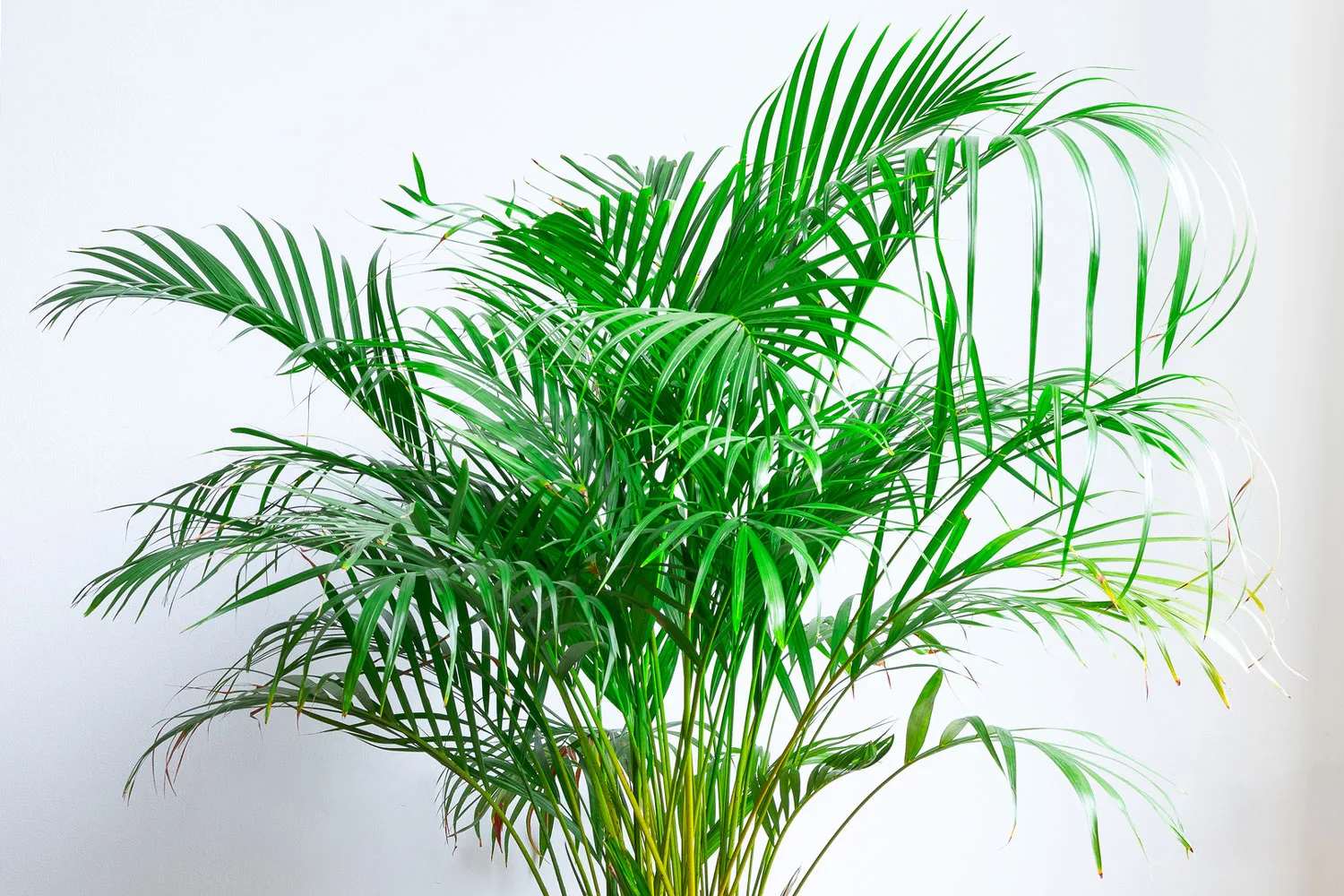
Areca palms are great for bigger spaces. They are a powerhouse when it comes to eliminating toxins and they are even non-toxic to both dogs and cats. Look after them with lots of water (a couple of times a week) during summer but not as much in winter.
Toxins it helps remove: benzene, carbon monoxide, formaldehyde, trichloroethylene, xylene
10. Pineapple Plant
A recent study by NASA revealed that pineapple plants can actually put an end to snoring. Whilst they don’t remove any toxins from the air NASA claims that “pineapple plants produce oxygen and boost air quality at night which could improve sleep quality and cut out those snores.”
These plants are very hardy and survive with very little water but do hate the cold.
11. Dracaena “Janet Craig” (Dracaena Deremensis)
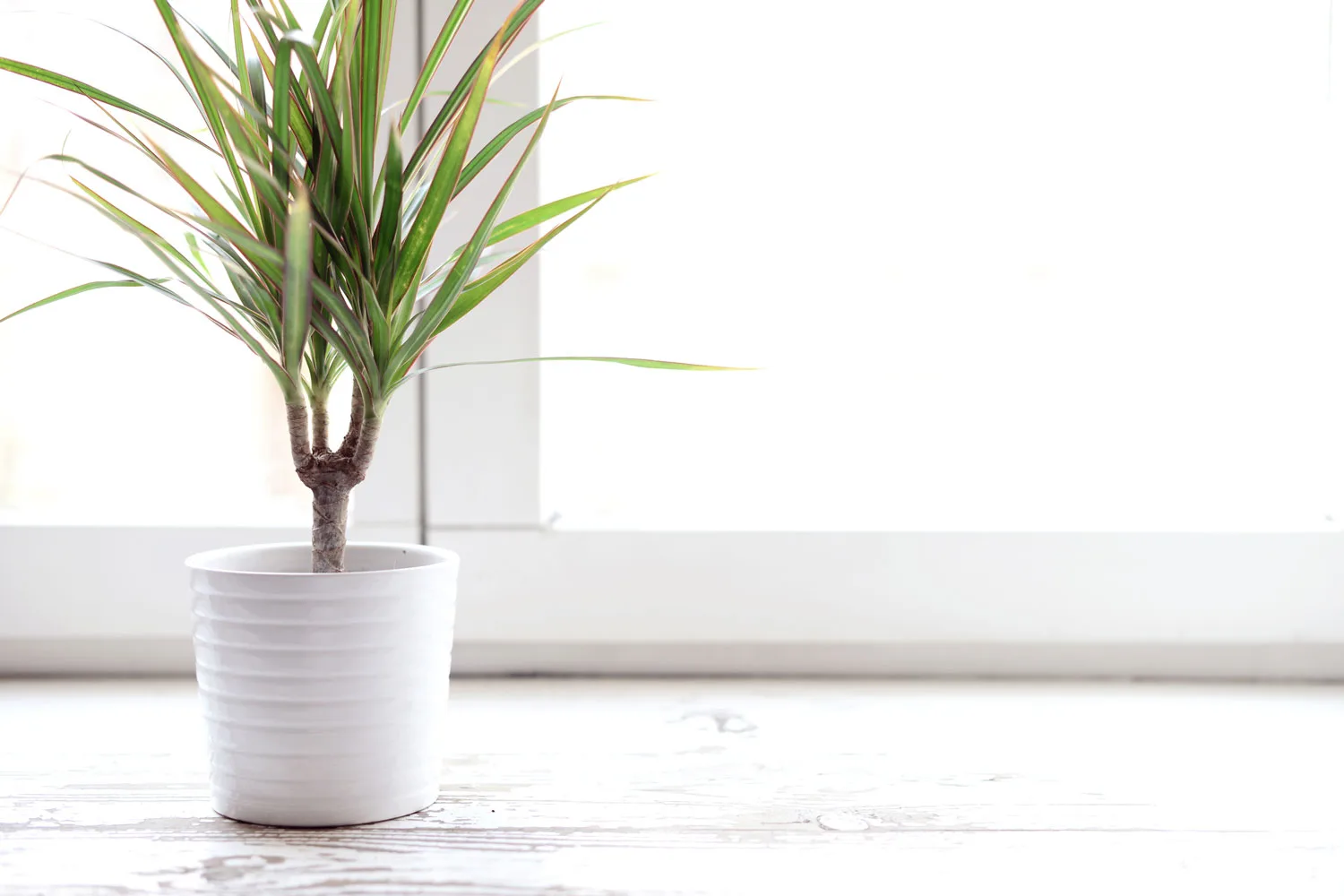
Go big or go home! Dracaena’s can grow up to 15-foot tall, making them perfect for filling voids and big spaces. These plants love indirect sunlight and under no circumstances should be placed in direct sunlight. Water them once a week in the warmer months but be careful as too much water can cause root decay.
Toxins it helps remove: xylene, trichloroethylene, and formaldehyde
12. Ficus/Weeping Fig (Ficus benjamina)
The ficus is native to southeast Asia, grown most commonly indoors the Weeping Fig can grow between two and 10 feet tall. Like most other air purifiers, ficus prefers bright, indirect sunlight and to be watered weekly, drying out fully between drinks.
Toxins it helps remove: formaldehyde, trichloroethylene and benzene.
13. Snake Plant/Mother-in-Law’s Tongue (Sansevieria trifasciata)

Snake plants otherwise known as Mother-in-Law’s Tongue is a succulent plant that can grow up to two meters in height. It is a low-maintenance plant that is hardy even if you neglect it. Place it somewhere with plenty of sunlight. Be careful not to overwater as they thrive in dry conditions.
Toxins it helps remove: formaldehyde, trichloroethylene, benzene and xylene.
14. Aloe Vera (Aloe vera or A. barbadensis)
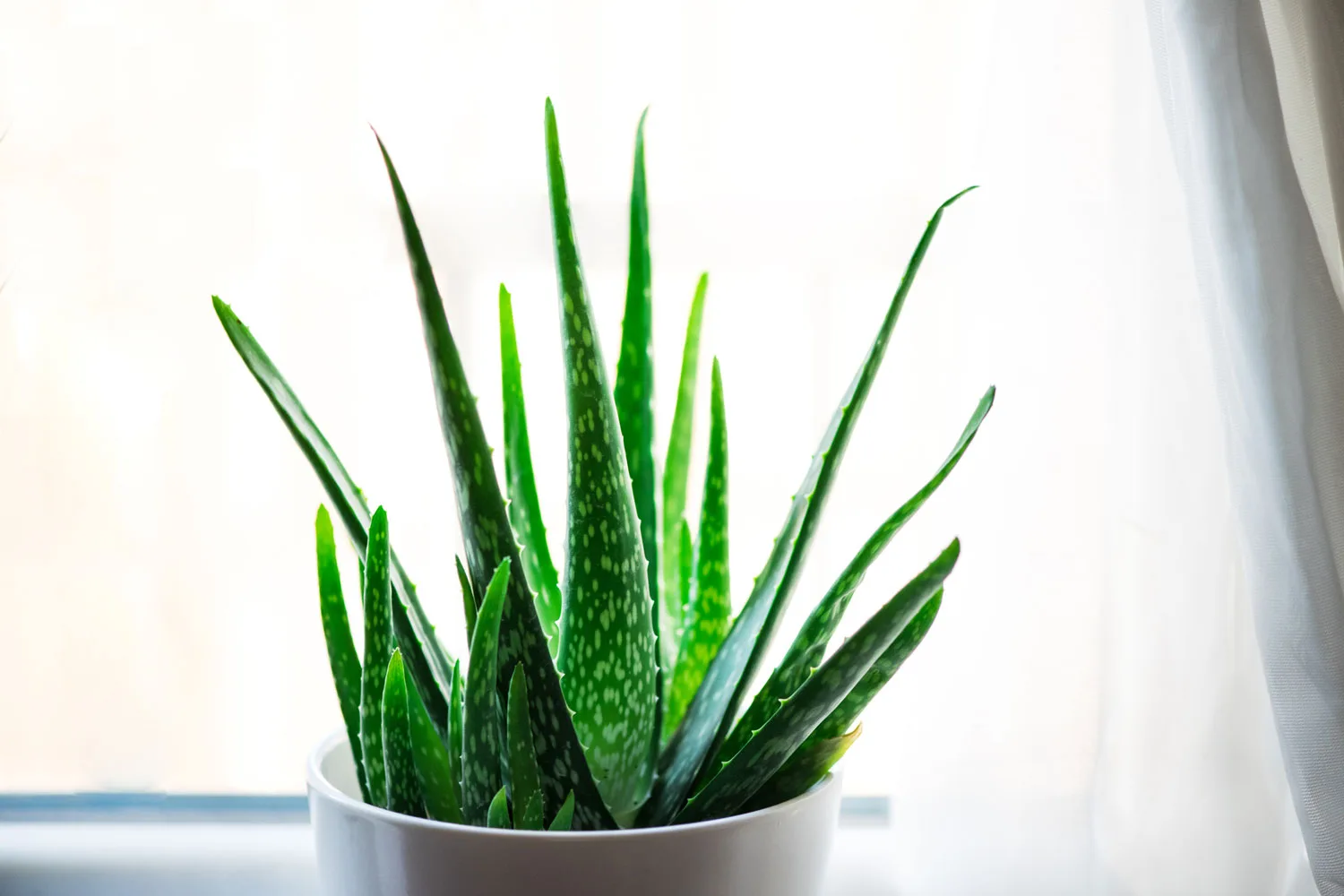
Aloe vera isn’t just handy for their anti-inflammatory properties repairing wounds and helping with sunburn but it turns out it is a great air purifier too. They thrive in warm well-lit rooms, growing brown spots on their leaves when the amount of harmful chemicals is extreme.
Toxins it helps remove: formaldehyde.
15. English ivy (Hedera helix)

You might recognise English ivy as the climber on many walls and trees outdoors but it’s also effective as an air purifying plant, particularly for benzene. According to the NASA study, English ivy removed 89.8 per cent of benzene in one experiment – the highest percentage of any plant tested.
This plant grows well in small pots and can be crowded. They look great in hanging baskets and you can even propagate a cutting in water in just a few days.
Toxins it helps remove: formaldehyde and benzene.
16. Flamingo Lily/Fleur (Anthurium andraeanum)
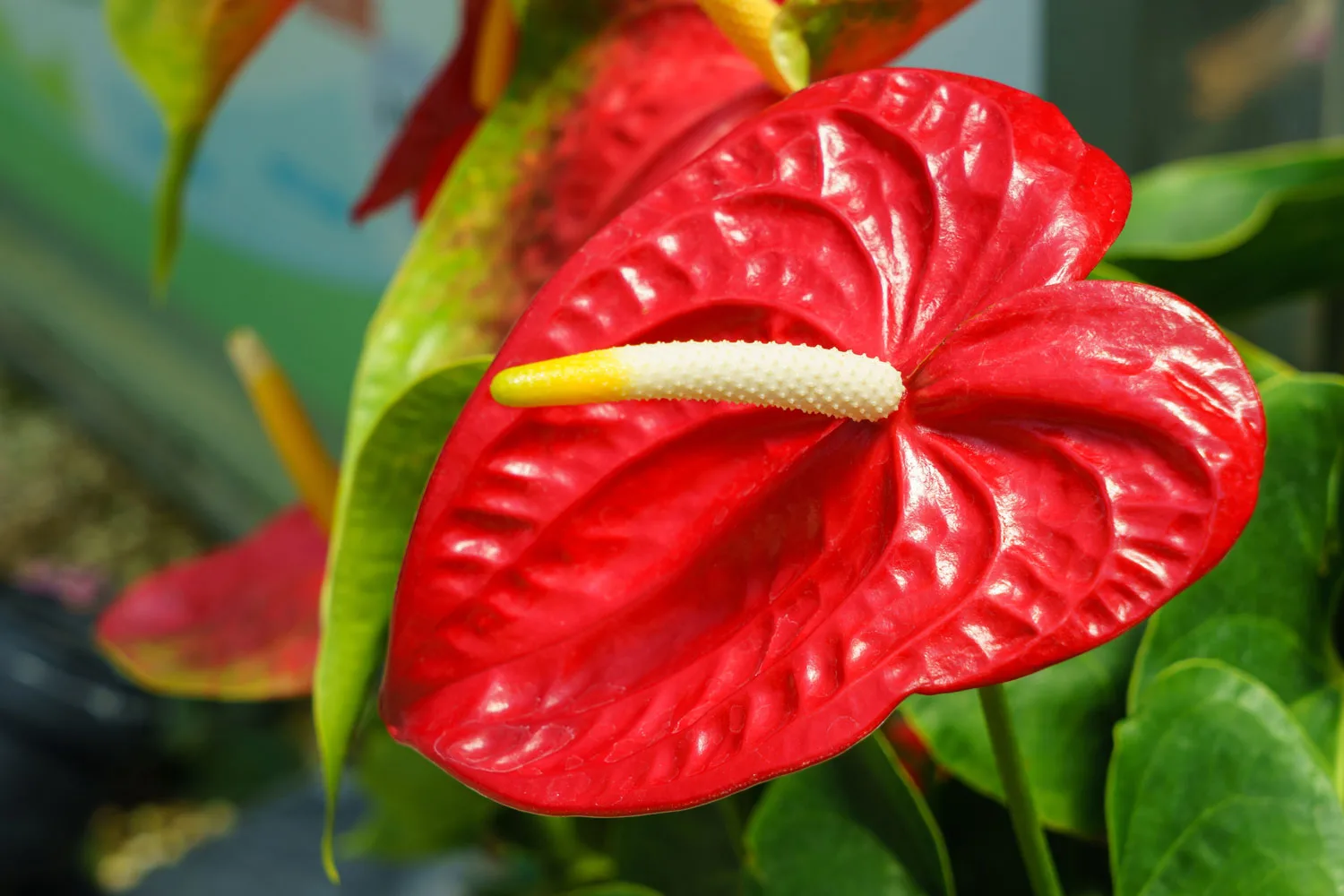
The Flamingo Lily is the perfect plant to add a pop of colour to any room, they flower 300 out of 365 days of the year. It loves bright indirect sunlight, watering one to two times a week and is particularly comfortable in more humid conditions like your bathroom and kitchen.
Toxins it helps remove: Formaldehyde, Ammonia, Xylene, Toluene.
17. Lady Palm (Rhapis excelsa)
The Lady Palm is a great option when it comes to air cleaners. Contrary, to popular beliefs these palms prefer cooler temps ranging from 15-23 degrees.
Toxins it helps remove: formaldehyde, ammonia and xylene
18. Chinese Evergreen (Aglaonema)
The Chinese Evergreen plant comes in many varieties and is one of the easiest indoor house plants to grow. They tolerate most conditions but thrive in well-drained soil, humid temps with medium to low light conditions. It is recommended that you fertilise your Chinese Evergreen plants twice a year.
Toxins it helps remove: formaldehyde and xylene.
19. Kimberly Queen Ferns (Nephrolepis obliterata)
The Australian native Kimberly Queen Fern thrives in outdoor conditions but they also make for the perfect indoor plants. They are perfect for newbies and beginners as their unique straight, narrow upright fronds require little to no care. Kimberly Queen Ferns don’t need to be pruned or cut back but make sure you keep them nice and moist with plenty of water and fertilise regularly in the warmer months.
Toxins it helps remove: formaldehyde and benzene.
20. Bamboo Palm (Chamaedorea seifrizii)
These plants can grow pretty big (between four and 12 feet high) making them absolute formaldehyde filtering machines. They make great indoor additions as they are pet-friendly and are one of the few air cleaners that love a good dose of full sunlight.
Toxins it helps remove: formaldehyde, trichloroethylene and benzene.
